Greening the California Economy
Greening the California Economy
A three-part series examines the quality of clean energy jobs, and who gets them, in the Golden State.
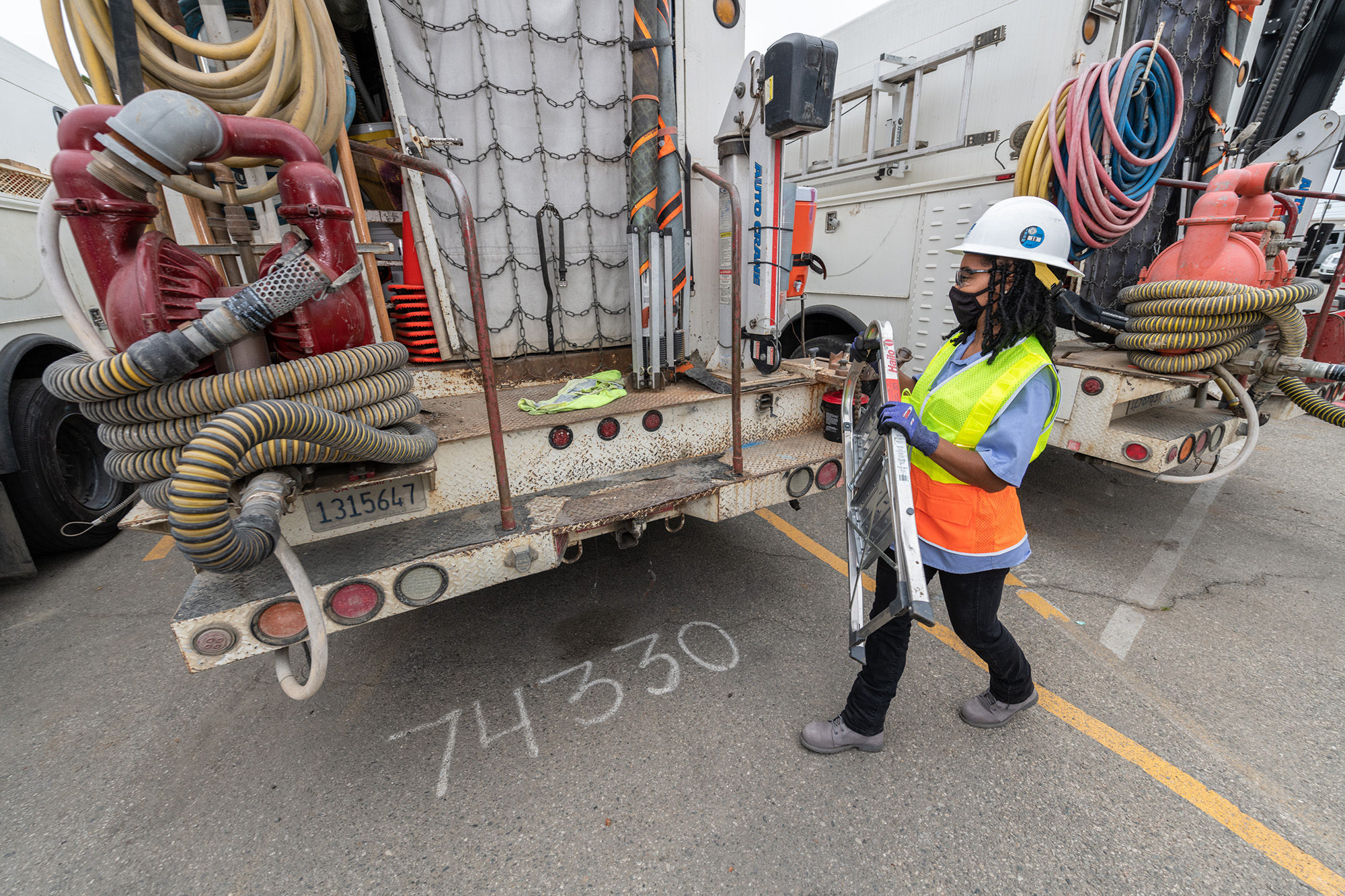
“When I think of climate change, I hear the word ‘jobs.’” This was a line often spoken by then-candidate Joe Biden on the campaign trail. The focus on climate-related jobs pivots the discussion away from the costly and distressing reality of a warming planet that threatens the health of everyone on it and toward a silver lining. Combating climate change has been estimated to create millions of jobs. Now-president Biden has said they will be “good-paying union jobs.”
When it comes to addressing climate change, California has often been ahead of other states, setting aggressive limits on greenhouse gas emissions for utilities. The state accounts for 10% of the nation’s automobiles but 40% of its electric cars. And California set emissions standards for gas-powered cars that became the standard for the auto industry.
The Golden State has also incubated efforts to couple climate investments with job standards and programs that expand access for disadvantaged groups. This Capital & Main series explores three of those strategies employed in industries that are key to decarbonizing our economy: vehicle manufacturing, utilities and electric vehicle charging infrastructure.
The series represents an attempt to move the conversation past the simplistic moniker of “green jobs.” After all, most “green jobs” are not distinct from other jobs. Climate investment will largely fund existing occupations — electricians, utility workers, manufacturing workers — who must now learn new skills in order to do the work of reducing greenhouse gas emissions. Workforce policies, like the ones explored in this series, will determine the quality and safety of those jobs, as well as who has access to them.
Capital & Main examined the following initiatives:
- Proterra, a City of Industry electric bus manufacturer, signs onto a community benefits agreement with United Steelworkers Local 675, and a coalition of community organizations and commits to hiring veterans, formerly incarcerated people, and those from other hard-to-employ groups. Larry Buhl looks at whether this training program meets its goals.
- A training program, jointly run by the International Brotherhood of Electrical Workers Union Local 18 and the L.A. Department of Water and Power, prepares residents from some of L.A.’s poorest zip codes for careers at the DWP, the nation’s largest municipally owned utility. Buhl looks at the success rate of the participants in the Utility Pre-Craft Trainee Program, who work on home weatherization as part of their on-the-job training for future utility careers.
- California lawmakers attach a skill standard to the publicly funded work of building out the state’s electric vehicle charging infrastructure after initially confronting industry opposition. Jessica Goodheart looks at the origin of the Electric Vehicle Infrastructure Training Program and explores the debate between labor advocates and an industry group about whether this credential is needed to ensure the safe installation of California’s charging framework.
Each of these stories provides a close-up view of people who will be transforming and maintaining our infrastructure as the state works to decrease its reliance on fossil fuels.
Copyright 2022 Capital & Main

-
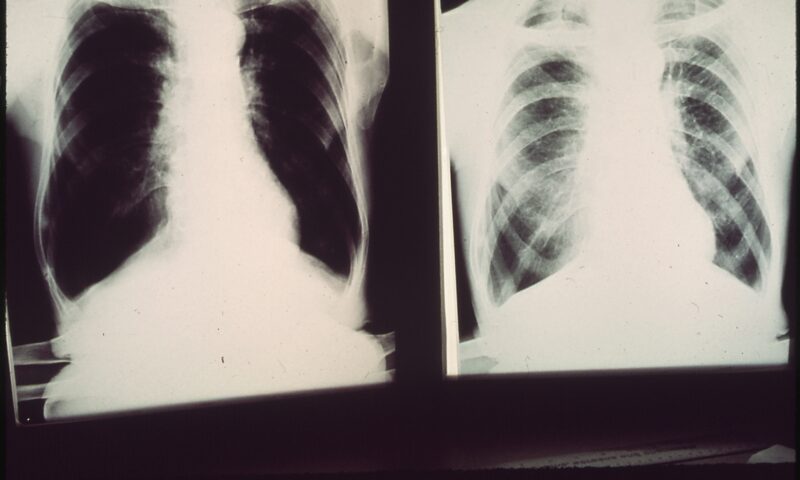
 Latest NewsJune 17, 2025
Latest NewsJune 17, 2025A Coal Miner’s Daughter Takes on DOGE to Protect Miners’ Health
-
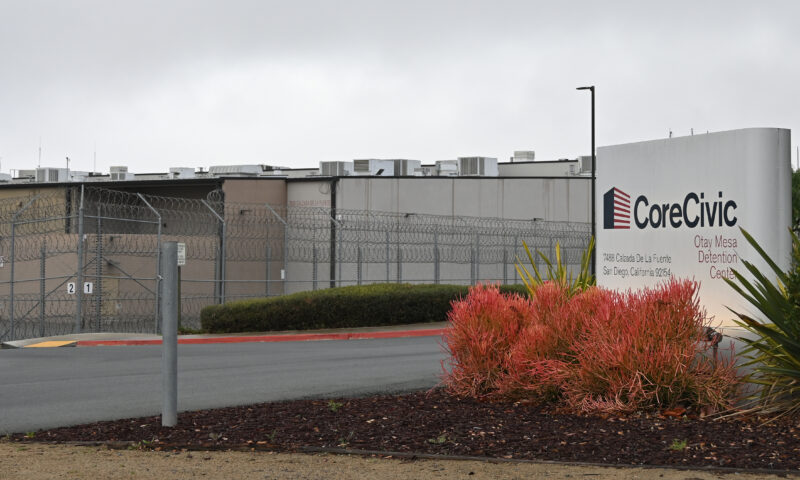
 Beyond the BorderJune 10, 2025
Beyond the BorderJune 10, 2025Detained Man Says ICE Isn’t Treating His Colon Cancer
-

 Column - State of InequalityJune 5, 2025
Column - State of InequalityJune 5, 2025Budget Cuts Threaten In-Home Assistance Workers and Medi-Cal Recipients
-

 Column - State of InequalityJune 12, 2025
Column - State of InequalityJune 12, 2025‘Patients Will Suffer. Patients Will Die.’ Why California’s Rural Hospitals Are Flatlining.
-

 Column - California UncoveredJune 18, 2025
Column - California UncoveredJune 18, 2025Can Gov. Gavin Newsom Make Californians Healthier?
-

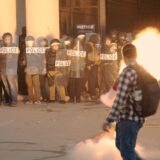 Featured VideoJune 10, 2025
Featured VideoJune 10, 2025Police Violently Crack Down on L.A. Protests
-

 Latest NewsJune 4, 2025
Latest NewsJune 4, 2025Grace Under Fire: Transgender Student Athlete AB Hernandez’s Winning Weekend
-
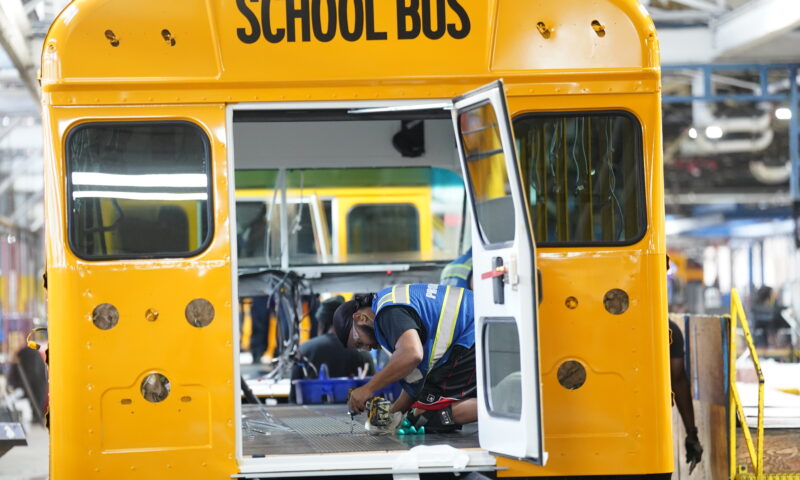
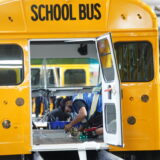 Striking BackJune 3, 2025
Striking BackJune 3, 2025In Georgia, Trump Is Upending Successful Pro-Worker Reforms

